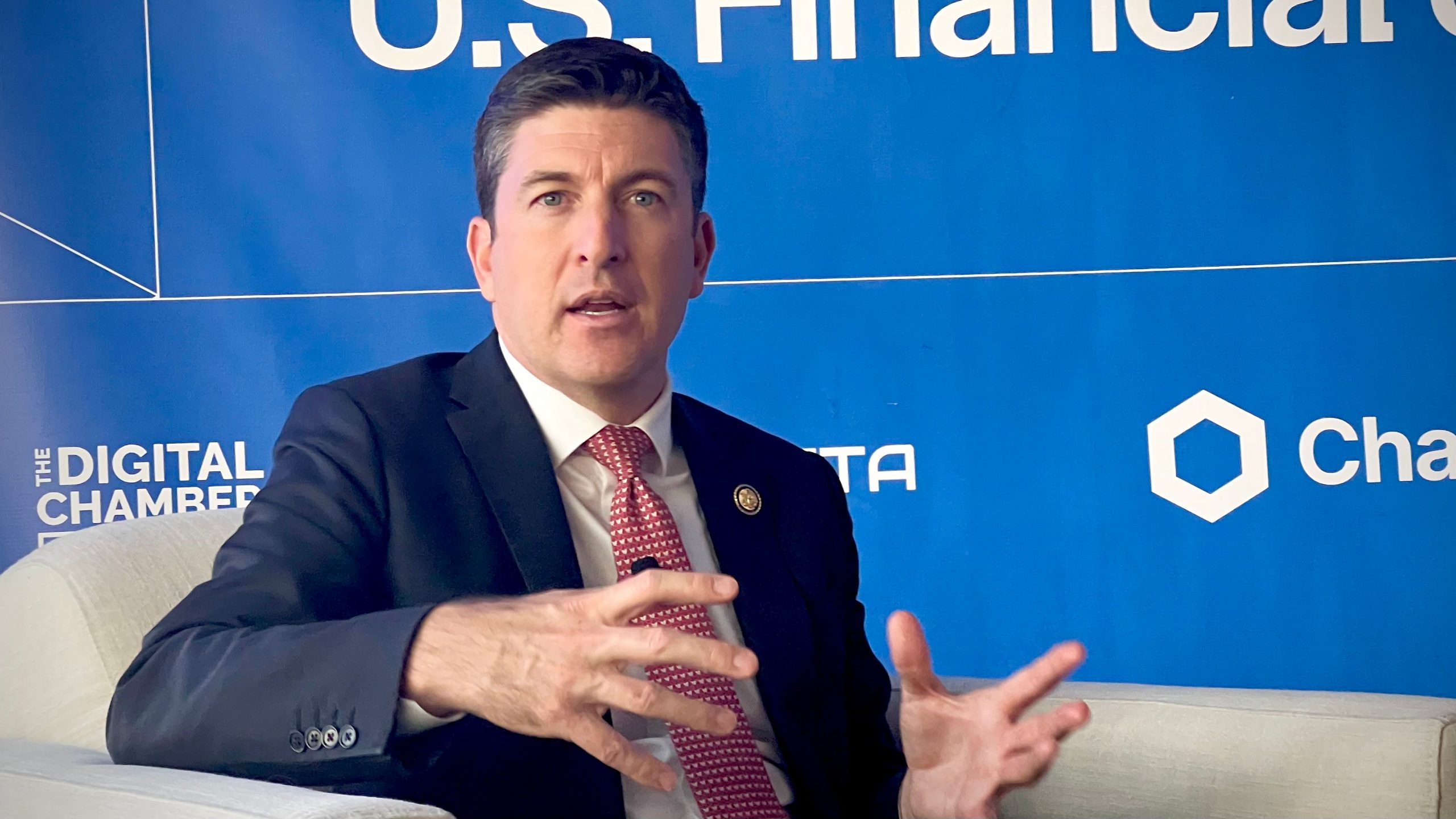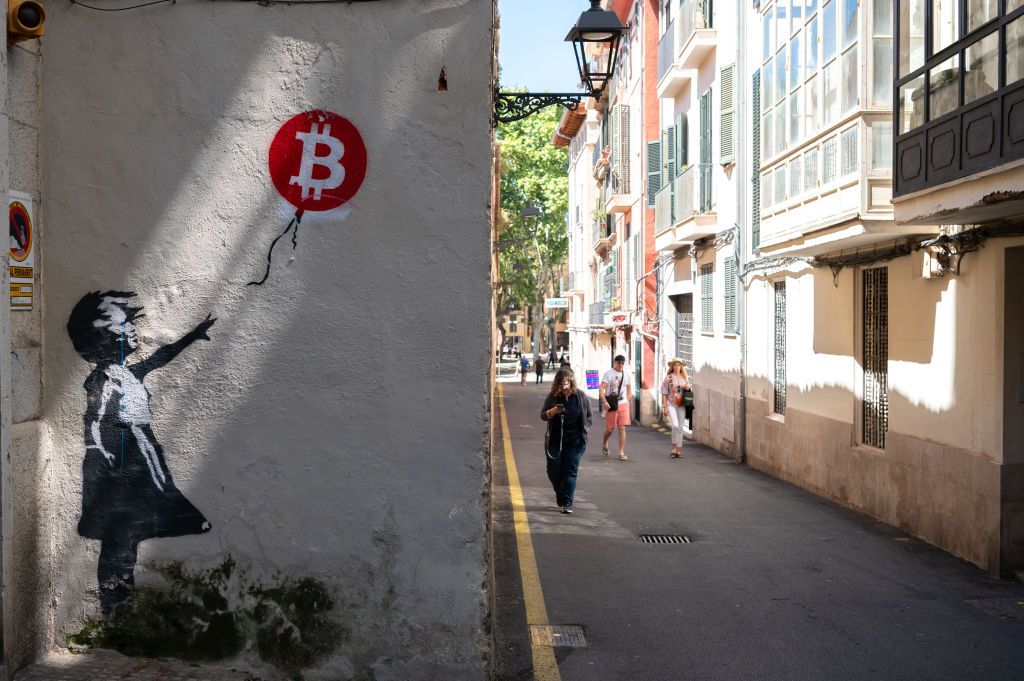The Fragmentation Crisis in Ethereum’s Layer-2 Ecosystem
The Ethereum community has faced considerable upheaval in recent weeks, with numerous members expressing concerns that the blockchain may lose its competitive advantage unless it addresses several fundamental design challenges. A significant source of this unrest has been the issue of layer-2 fragmentation.
In recent years, Ethereum has adopted a layer-2 scaling strategy—a roadmap that has championed the creation of third-party auxiliary networks known as “layer-2 rollups.” This strategy aims to enhance the scalability of the core Ethereum ecosystem. By shifting some of the transactional load to these emerging networks, Ethereum has successfully reduced fees and improved transaction speeds for users. However, this has inadvertently resulted in a highly fragmented layer-2 ecosystem.
While all layer-2 networks post their data back to the Ethereum mainnet, they often face challenges in directly communicating with one another. This lack of interoperability can make transferring assets and data between different layer-2 networks both costly and cumbersome. Additionally, there is a growing concern regarding centralized sequencers—relying on company-managed systems to relay transaction data across blockchain layers introduces potential vulnerabilities.
Introducing Based Rollups
In response to these challenges, some Ethereum developers are advocating for a novel approach to rollup technology that enhances security and interoperability: based rollups.
Based rollups distinguish themselves from existing rollups by transferring execution responsibilities—like transaction processing—back to Ethereum’s layer-1 network instead of relying solely on a separate layer-2 network. In the current architecture, when a transaction occurs on a layer-2 rollup, it is processed by a component known as a “sequencer.” This sequencer aggregates multiple transactions and submits them to Ethereum for final settlement. In many cases, this sequencer is centralized, meaning that a single entity (typically the company that developed the rollup) controls the transaction ordering and posting process.
The centralization of sequencers has sparked significant debate within the Ethereum community. While they enhance efficiency and generate revenue for rollup operators through strategic transaction ordering, they also create a single point of failure. A malfunctioning or malicious sequencer could potentially delay or manipulate transactions, raising serious concerns about censorship and reliability.
By contrast, based rollups mitigate this risk by utilizing Ethereum’s decentralized sequencing system—leveraging its vast network of validators—rather than relying on a single centralized entity.
The Evolution of the Layer-2 Roadmap
In 2022, Ethereum co-founder Vitalik Buterin outlined a vision for a rollup-centric future. This roadmap proposed leveraging layer-2 rollups to bypass the high fees and slow transaction speeds associated with the base layer of Ethereum.
Different rollups utilize various strategies to minimize costs and enhance speed, yet all are designed to uphold the principles of decentralization and security. In theory, this means that these networks should not be centrally controlled, and the transactions they facilitate should be immune to tampering.
Rollups such as Optimism, Arbitrum, Base, zkSync, and Blast have rapidly evolved to handle greater transaction volumes than Ethereum itself. According to L2Beat, there are currently 140 operational layer-2 networks. However, the experience of navigating between these networks—transferring assets and data—has become increasingly cumbersome. As Ethereum expands and layer-2 networks play a more critical role in its overall functionality, enhancing communication between these networks—thereby improving “composability”—has become a top priority.
Because based rollups share the same sequencer with the layer-1 chain (often referred to as the layer-1 “proposer”), they can seamlessly call upon smart contracts on other based rollups within seconds, facilitating easier data exchange across layer-2 networks. As Ben Fisch, CEO of Espresso Systems, explains, “They effectively share a sequencer with each other and also with the layer-1, allowing for coordinated message passing between different based rollups, which typically occurs asynchronously.”
Since all based rollups utilize Ethereum’s built-in sequencing, they can interact with one another almost instantaneously, in blockchain terms—all within a single Ethereum block. Fisch elaborates, “In the span of one Ethereum block, a based rollup could withdraw assets, perform an action on layer-1, deposit the assets back, execute something on layer-2, and withdraw assets again.”
Challenges Ahead
While several projects are exploring based technology, currently only one based rollup, Taiko, is operational. Although rollups like Taiko offer clear advantages, they must overcome various technical challenges before achieving widespread adoption.
A significant hurdle is proof generation. When a based rollup submits transaction data to Ethereum, it must generate and publish proofs every 12 seconds to align with Ethereum’s block time. Presently, layer-2 rollups utilize two types of proof systems: zero-knowledge (ZK) proofs, which finalize in minutes, and optimistic proofs, which can take up to seven days to detect potential fraud. For based rollups to operate efficiently, proof generation speeds must synchronize with Ethereum’s block time—a considerable technical challenge. Nevertheless, Fisch indicates that a breakthrough on this front could be “imminent.”
Another concern is related to Ethereum’s block producers, or “layer-1 proposers.” In based rollups, these proposers assume the role of transaction sequencing. However, their primary motivation may not be fairness, but profit. Fisch notes, “Layer-1 proposers are not inherently trustworthy entities that prioritize the interests of layer-2; they are economically driven to maximize their profits.” This could lead to situations where proposers prioritize their own financial gains over the needs of end users.
Maximal extractable value (MEV)—the practice of reordering transactions to optimize profit—poses risks for regular users. If proposers manipulate transactions for their benefit, it could undermine the stability of based rollups. To mitigate this risk, developers are investigating solutions like based pre-confirmations, aimed at incentivizing proposers to act in the best interest of rollups.
In conclusion, while based rollups represent a promising avenue for reducing fragmentation within the layer-2 landscape, they are not a panacea. Fisch emphasizes, “In my opinion, based rollups are one piece of the puzzle; they are not the sole solution, and not every layer-2 should or will adopt this model.”







